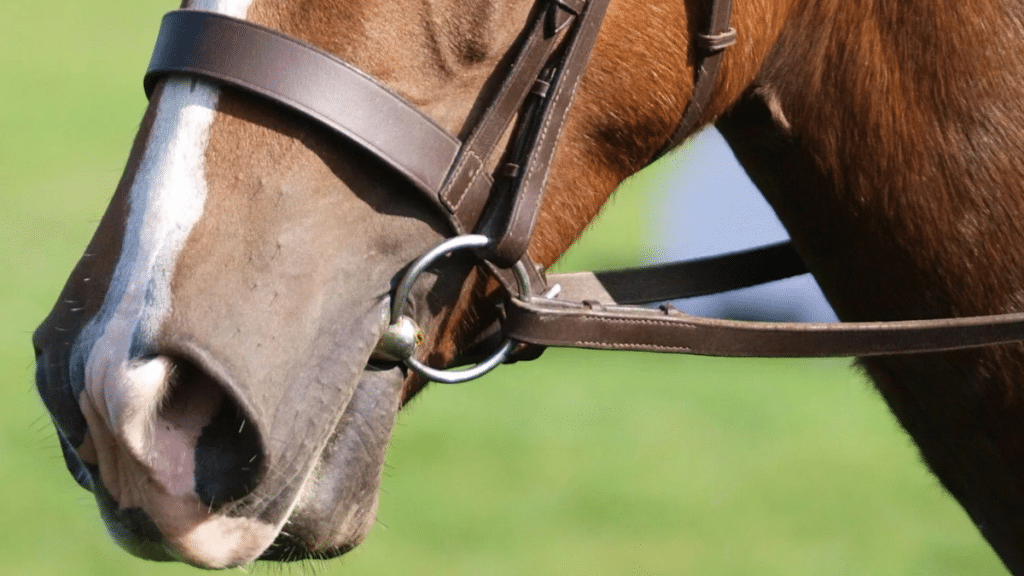Horseback riding is a joy like no other, and finding the right equestrian bits for your horse is part of the journey. These relatively small but essential devices can significantly affect how the rider communicates with the horse. This post discusses some of the things to keep in mind before buying equestrian bits, taking the fans through this complex element of horse care.
Understanding Equestrian Bits
Equestrian bits are a core foundation for communication between a horse and rider. They are placed in the horse’s mouth and attached to the bridle and reins. Different designs of bits apply pressure in different ways, so each one will cause a different reaction in the horse. Understanding the basic function of bits and investing in quality products from trusted businesses, like Greg Grant Saddlery, can improve the riding experience for both horse and rider.
Types of Equestrian Bits
There are various types of bits, all designed for different purposes and preferences. These include snaffle, curb, and gag bits. Snaffle bits, which are beginner-friendly, apply direct mouth pressure. Curb bits use lever action and are suitable for more skilled riders. Gag bits are suited for experienced training and offer quite a bit of control. Knowing these choices helps you to choose the best type of bit possible for your horses and riding goals.
Material Considerations
Different types of materials can affect a bit’s comfort and durability. Stainless steel bits are both strong and durable. Some use copper, which promotes salivation and warms and softens the horse’s mouth, while rubber or plastic coatings add a level of comfort. To balance practicality and horse welfare, you need to assess the chosen materials.
Fit and Size
The fit and size of a bit are two of the most important factors in the bit working as intended. A properly fitting bit does not cause discomfort, which could ultimately lead to injury. Appropriately measuring the horse’s mouth guarantees the proper size. If the bite is too small, it can pinch; if it’s too large, it can create instability. A proper fit guides horse and rider towards a harmonious partnership.
Rider Experience Level
The experience of the rider plays a big role in choosing a bit. A more simplistic design that allows for straightforward control would likely be preferred by beginners. Advanced riders need bits that allow for subtle communication to execute manoeuvres. A bit that matches the rider’s experience level adds safety and fun to the ride.
Consulting Professionals
Equestrian professionals can be great resources for bit selection. Equestrian equipment is something that trainers, veterinarians, and experienced riders know a lot about. Their advice helps you avoid pitfalls and make correct decisions. Instead of relying on guesswork, consult professionals who can help you choose the right bit.
Trial and Observation
Before purchasing a bit, try it out and see it in action. Assessing its effect in real-time allows you to see how the horse reacts, where it may be uncomfortable, or if it responds well. You can then make changes accordingly based on the horse’s comfort, welfare, and performance.
Maintenance and Care
A well-maintained equestrian bit lasts longer and works better. Cleaning regularly helps avoid rust and material build-up, which would degrade the integrity of the material. Examining wear and tear can flag potential problems early on so you can make necessary replacements on time. As for longevity, proper care increases bit life and allows them to continue to provide the comfort and safety required for the horse.
Conclusion
There are many factors to consider when choosing the right equestrian bit. Every aspect – from the types and materials to fit and equine temperament – is essential for making the right decision. Riders should make decisions based on research, information from professionals, and the horse’s reactions. Selecting a bit can involve some trial and error, and your choice of bit may change with time based on your horse’s training level and your riding ability. Ultimately, the right bit improves communication and makes for a happier, more comfortable experience for both horse and rider.
